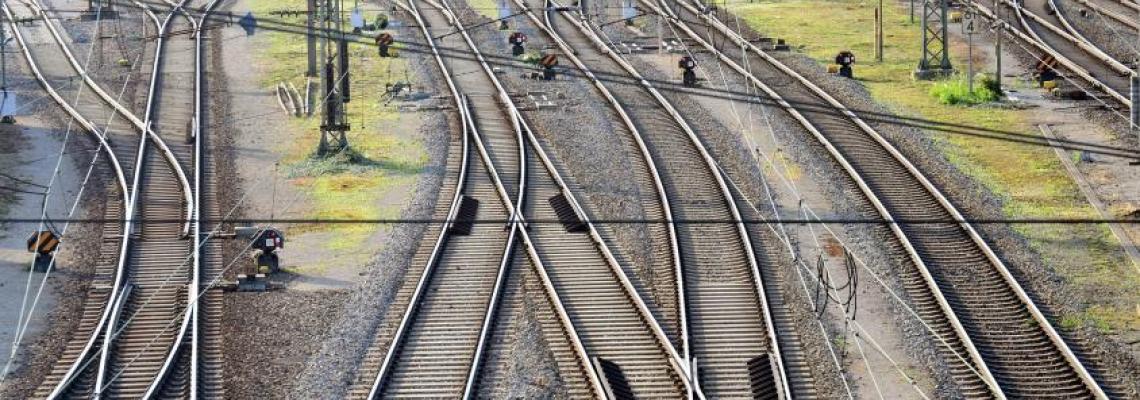Source: CDRI.
By: Andrew Maskrey, Coordinating Lead Author
Work is now accelerating on the development of the Global Infrastructure Resilience Index (GIRI) a core initiative of the Coalition for Disaster Resilient Infrastructure (CDRI). The GIRI is the first ever fully probabilistic risk assessment covering global infrastructure sectors. It is expected that it will inform planning, decision making and investment in disaster and climate resilient infrastructure by providing credible and fully comparable probabilistic risk metrics that cover every country and territory in the world.
The GIRI will measure resilience in major infrastructure sectors, such as power and energy, transport, telecommunications, and water, as well as in social infrastructure such as education and health. The GIRI will estimate risk to major hazards such as tropical cyclones, flood, drought, landslide, earthquake, and tsunami, considering a range of climate change scenarios and will also consider the capacity of countries to manage and reduce the risks they fase.
The GIRI builds on a long trajectory of development of global risk models over the last 20 -years including the pioneering Global Risk Model (GRM) developed for the United Nations and published in the 2017 edition of the Global Assessment Report on Disaster Risk Reduction (GAR). It is being developed for CDRI by a consortium of scientific and technical organisations notably the CIMA Foundation (Italy), INGENIAR Risk Intelligence (Colombia); GRID-Geneva (Switzerland) and NGI (Norway) under the management of UNDP.
Work began on the GIRI in November 2021, and it is expected that it will be ready for launch in the second quarter of 2023 at the G20 meeting. The GIRI is a global public good and a fully interactive data platform will enable users to freely access and use all the risk metrics produced.
See article on CDRI.




